How To Get Rid Of Ingrown Hair – Simple Tips To Prevent
Easy ways to extract ingrown hair at home and tips to prevent it altogether.

Image: Shutterstock
Shaving, waxing, or tweezing your hair may give rise to some ingrown hair, which manifests in the form of small bumps. Therefore, people tend to remove ingrown hair for smoother skin. But here is the catch! Pressing or poking these pimple-like bumps can sometimes lead to bacterial infections and even leave scars on the skin. So, if you are wondering about the way forward, we are here to help you out. In this article, you will explain what ingrown hair is, its causes, how to remove them safely, and a few tips to prevent its reoccurrence. So, let’s jump right in!
In This Article
What Is Ingrown Hair?

Ingrown hair is hair curling and growing back into the skin, forming a loop instead of growing outward. This hair is trapped under a skin layer and appears like a bump. Usually, ingrown hair bumps are darker than the individual’s skin tone. Infected ingrown hair can also get itchy or filled with pus. So, what causes hair to grow inside the skin? Find out in the next section.
Key Takeaways
- Ingrown hair can sometimes cause infection, and there may be pus formation in it.
- Hair removal, tight clothes, and the build-up of dead cells are the major causes of ingrown hair.
- Using exfoliants, tweezers, and a warm compress can effectively remove ingrown hair.
- You can also consult a dermatologist if you find any pus-filled cysts around the ingrown hair.
What Causes Ingrown Hair?
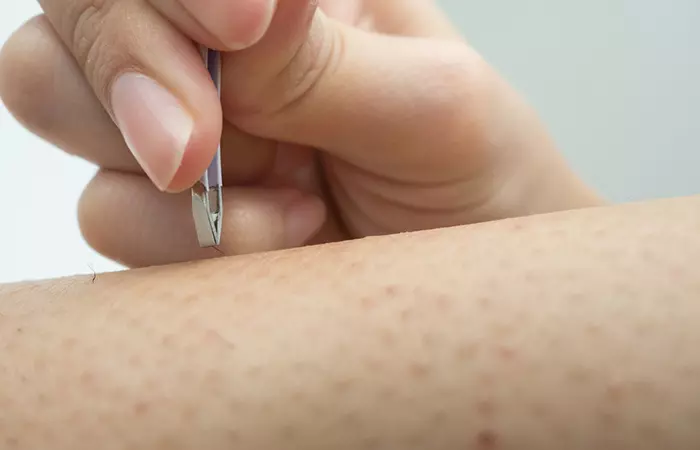
- Dead skin usually clogs the hair follicles on the skin surface. This forces the hair to grow under the skin, sideways, and not outwards. One may experience inflammation leading to skin redness or darkening. It also may result in a bacterial infection or pus formation.
- Shaving, waxing, or plucking hair can also cause ingrown hair. Wrong shaving techniques, like shaving with a rusted razor, stretching the skin while shaving, and shaving against the hair direction can cause ingrown hair. Plucking or tweezing can irritate the skin, causing the hair to curl and clog the pore instead of growing outward. Even the strips used in waxing, if not pulled in the direction opposite to hair growth, can cause ingrown hair. If you notice bumps after waxing, then those are indications of skin irritation or ingrown hair, depending on the time frame. If they are formed immediately after waxing, they are due to skin irritation, but formed a couple of days later, they can be ingrown hair bumps.
 Quick Tip
Quick Tip- Wearing tight clothes causes ingrown hair. This is especially true in summers or during a workout. The clothes rub against the skin and may cause ingrown hair.
Never scrape, poke, or prick ingrown hair. There are other ways to get rid of ingrown hair safely. We have discussed them below.
How To Get Rid Of Ingrown Hair Safely

The most effective prevention method to treat ingrown hair is the laser hair removal procedure known as Laser Hair Reduction (LHR). Let us understand how you can get rid of those pesky ingrown hairs on your face, pubic areas, arms, and legs.
- Use A Warm Compress: Wet a clean washcloth with warm water and press it against your skin for two minutes. Gently rub the cloth in circular motions. Doing this twice a day can open up the clogged pores and reduce the chances of inflammation and bacterial infection.
- Use An Exfoliant: Apply a cream-based exfoliant (the exfoliating beads should not be too harsh) to your skin in gentle, circular motions. Wash the area with lukewarm water and pat dry. Repeat once a week as doing it daily can irritate the skin. You can also visit a clinic to use chemical exfoliants (peels) containing glycolic acid to remove the ingrown hairs.
 Quick Tip
Quick Tip- Use A Toner With Salicylic Acid: Using a toner with salicylic acid after exfoliation helps soothe your skin. The toner will help prevent pigmentation and reduce the risk of infection.
- Use A Tweezer: Sterilize the tweezer in boiling water. Rub the affected skin area with rubbing alcohol and gently tweeze out the hair. Avoid tweezing if the hair is embedded deep into the skin and needs constant digging. Digging into the skin may cause inflammation and hyperpigmentation. It also may open up the pore and allow bacteria and dirt to enter easily.
- Use A Needle: Be extra cautious while removing ingrown hair with a needle. Do not try this at home as there are high chances of secondary infection. Sterilize the needle first in boiling water. Rub the affected skin area with rubbing alcohol. Gently prick the area. If the gentle prick does not expose the ingrown hair, do not proceed. Soothe the skin for a couple of days with a warm compress. You can try with the needle again after two days, with caution.
These are the various ways you can get rid of ingrown hair at home. But how long do ingrown hairs actually last even after following a good routine? To know more about it, continue scrolling.
How Long Do Ingrown Hairs Last?
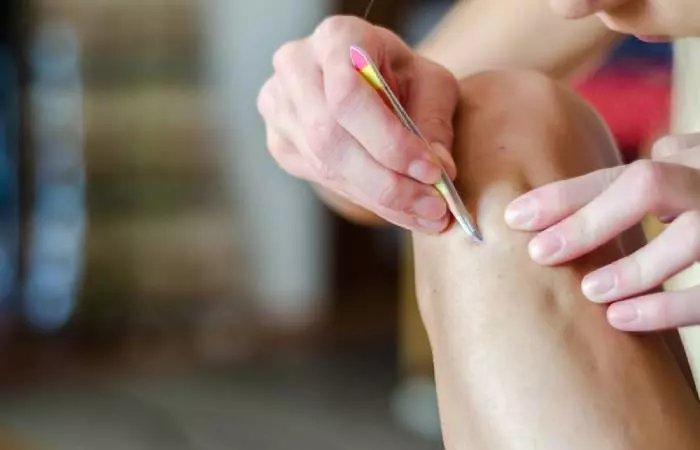
Ingrown hairs are benign and normally resolve on their own in one to two weeks, during which it is usually recommended to stop waxing or shaving to prevent inflammation. However, some severe cases may take a longer period of time and can thus last for several months.
Even after knowing about different ways to remove ingrown hair and about how long they last, there are still certain situations warranting a visit to the doctor.
When To See A Dermatologist

If you are worried about infecting or hurting yourself with any of the home-based methods, see a dermatologist. Dermatologists can help extract the pus-filled ingrown hair cysts without any risk of infection or wound. The skincare products a dermatologist recommends also help reduce any hyperpigmentation.
You can prevent ingrown hair with a few minor adjustments. We have discussed them below.
Tips For Preventing Ingrown Hair
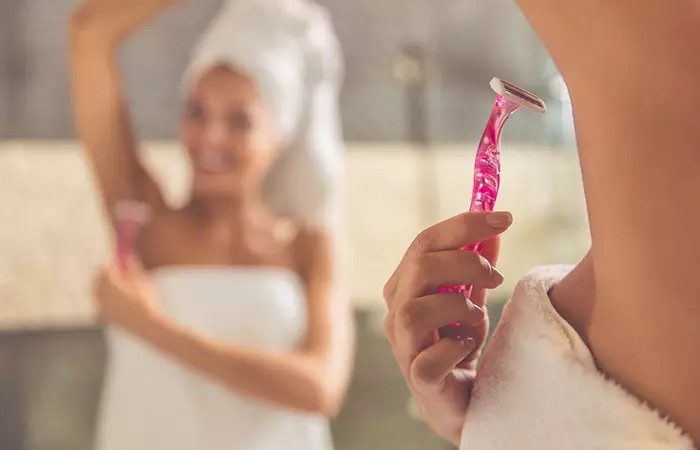
- Avoid using a razor blade: Keep your hands off razor blades until the ingrown hair heals.
- Shave in the direction of the hair: Shaving against the direction of the hair can cut the shaft at an acute angle, leaving a sharp edge that irritates the skin around the follicle and makes way for the hair to grow in between the skin layers.
- Avoid tweezing too much: Tweezing out one or two ingrown hairs is alright. However, using tweezers too often to remove hair from your face, underarms, legs, or abdomen can open up the pores to dirt and bacteria.
- Choosing the right hair removal method: Pick a method that suits your skin type and hair texture to help reduce irritation and prevent ingrown hairs.
- Use a warm shower: Showering in lukewarm water and gentle exfoliation before waxing or shaving can help. The warm water will soften the skin and make waxing or shaving easier.
- Use a new shaving blade: Avoid using the same shaving blade more than once.
- Use an astringent: Using an astringent after shaving or waxing will close the pores and prevent bacterial infections.
- Use a shaving cream: Using a hydrating shaving cream or shaving gel may help moisturize the skin, reducing tugs, nicks, and irritation and may prevent ingrown hair.
Esiri, a YouTuber, has shared her experience about how she got rid of ingrown hairs on her neck. She says, “Ingrown hairs are so common from shaving and now even threading. I thought threading would be better, you know what I’m saying, so if anyone’s struggling with like pigment in this area [neck] over the hair follicles, the bumps, all of that and you can’t afford laser hair removal, I would highly highly suggest hair removal creams (i).”
Infographic: 5 Ways To Get Rid Of Ingrown Hair
If you shave, wax, or tweeze your body hair, you are no stranger to ingrown hair and the resultant annoying bumps. Hence, it is best to remove it before the area gets itchy and infected. In the following infographic, we have listed a few easy ways to get rid of ingrown hair at home. Check them out.
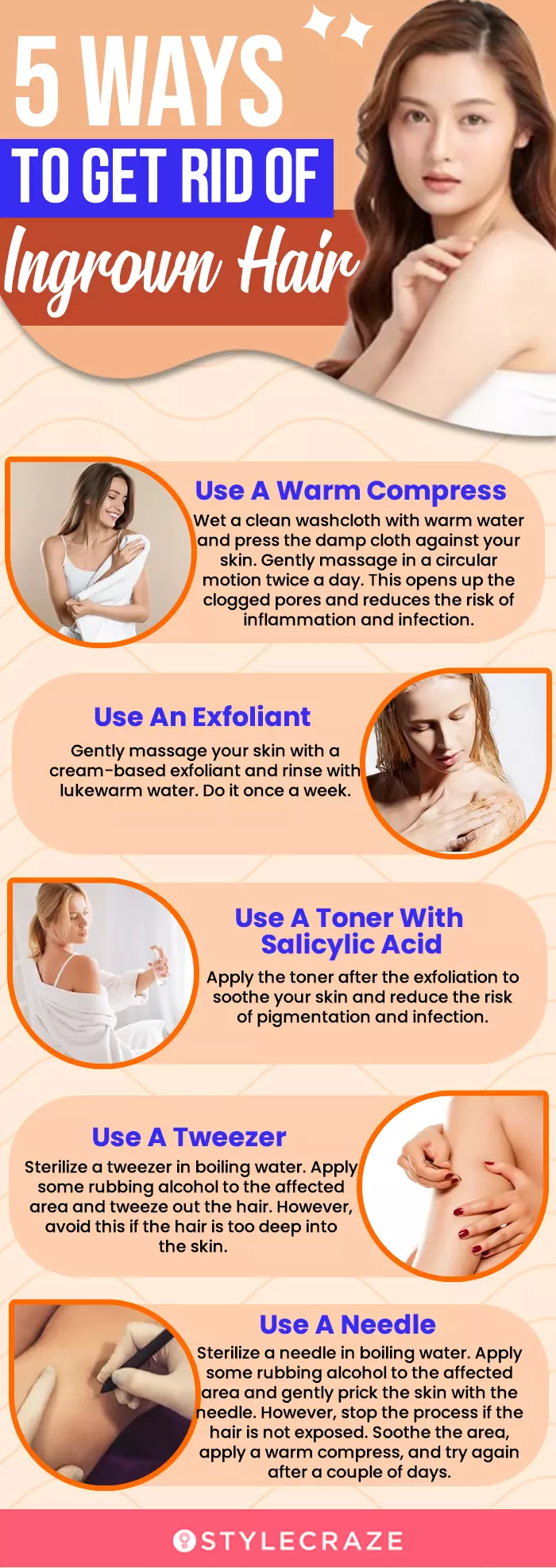
Illustration: StyleCraze Design Team
An ingrown hair is a hair strand that grows back into the skin. This condition, known as folliculitis, can cause redness, inflammation, and small bumps on the skin. Ingrown hairs appear like razor bumps and can be painful and annoying. Hair removal methods like waxing, shaving, plucking the hair, wearing tight clothes, and dead skin may cause ingrown hair. Thankfully, you can reduce the growth of ingrown hair by following some simple tips. Using a warm compress, applying a cream-based exfoliant, or using a tweezer and toner are some effective ways to get rid of ingrown hair. You must also avoid the use of a razor blade, use an astringent, and avoid using the same blade more than once to prevent ingrown hair. If you are way too concerned, you can also consult with a dermatologist or a qualified professional for personalized advice and treatment options that best suit your needs.
Frequently Asked Questions
Will an ingrown hair go away by itself?
This depends on its severity. Mild to moderate cases of ingrown hair usually subside after a few days if the affected area is left undisturbed. But more severe cases may warrant medical intervention.
Can you pop out an ingrown hair?
It is not recommended to pop out an ingrown hair to avoid scarring or any chance of infection. But, in case you happen to do so, a scar appears. Relax! You can use keratolytics, onion extract, green tea, or silicone gels to treat ingrown hair scars.
Does peroxide get rid of ingrown hairs?
Hydrogen peroxide works as an antiseptic. You can apply it before plucking out ingrown hair to prevent any chances of infection.
Illustration: How To Get Rid Of Ingrown Hair - Simple Tips To Prevent
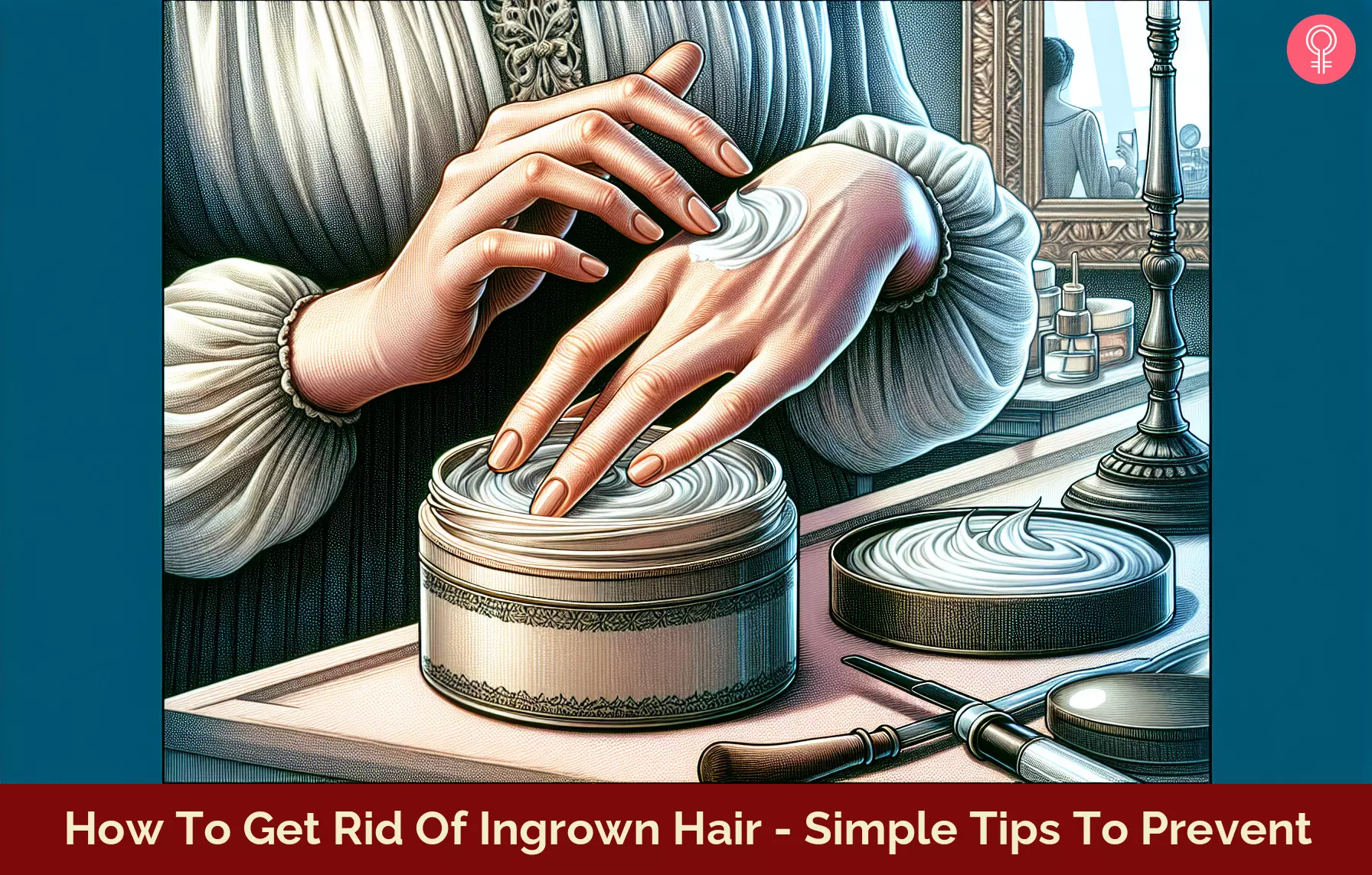
Image: Dall·E/StyleCraze Design Team
Learn how to get rid of ingrown hair with easy tips and treatments. Check out the video to know how to get smooth skin without the irritation of ingrown hair.
Personal Experience: Source
StyleCraze's articles are interwoven with authentic personal narratives that provide depth and resonance to our content. Below are the sources of the personal accounts referenced in this article.
i. How I GOT RID OF INGROWN HAIRS & HYPER-PIGMENTATION | ESIRIhttps://www.youtube.com/watch?v=yTAzprv1Y3o
Read full bio of Dr. Sonam Jeswani Ramrakhiani
Read full bio of Arshiya Syeda
Read full bio of Ramona Sinha
Read full bio of Medha Deb







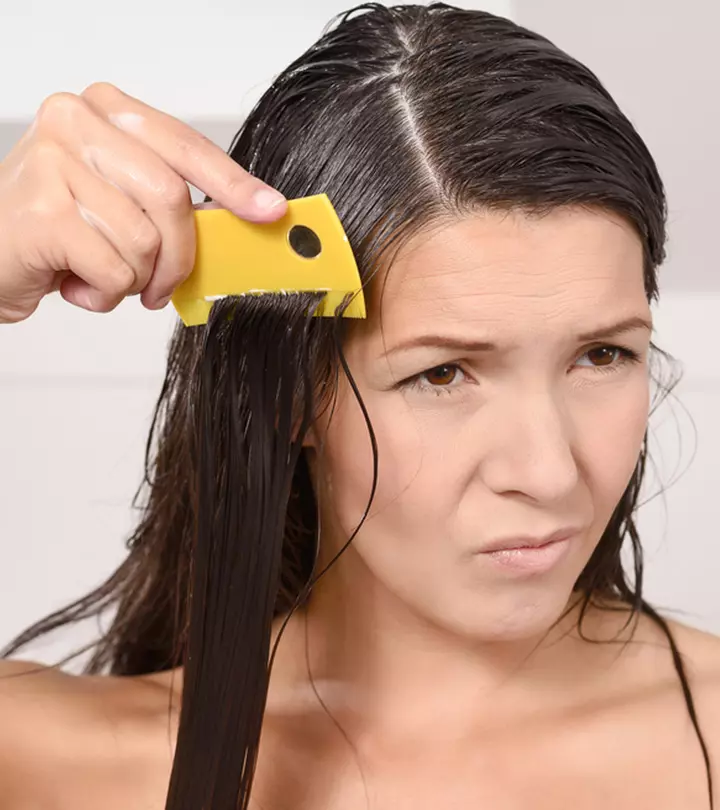

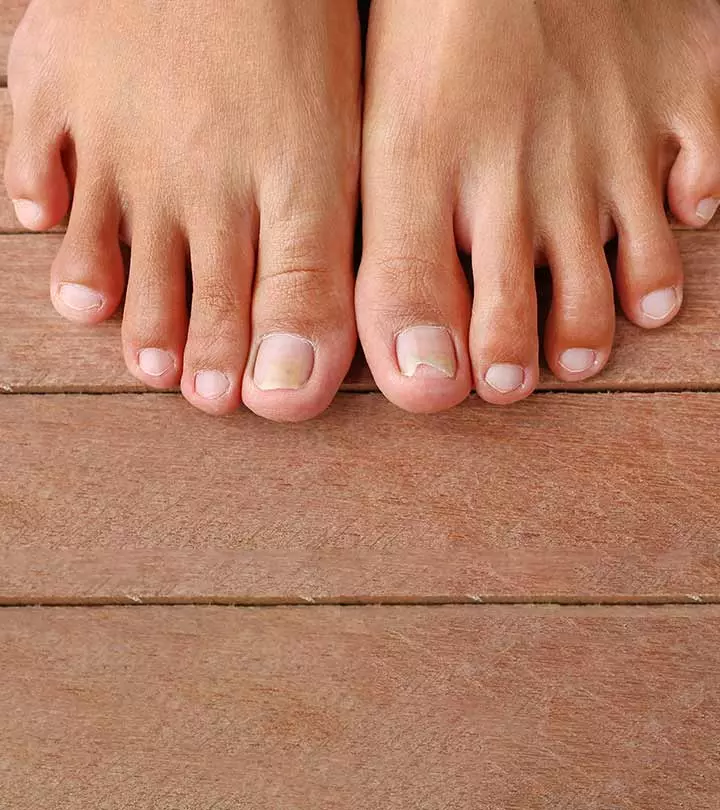
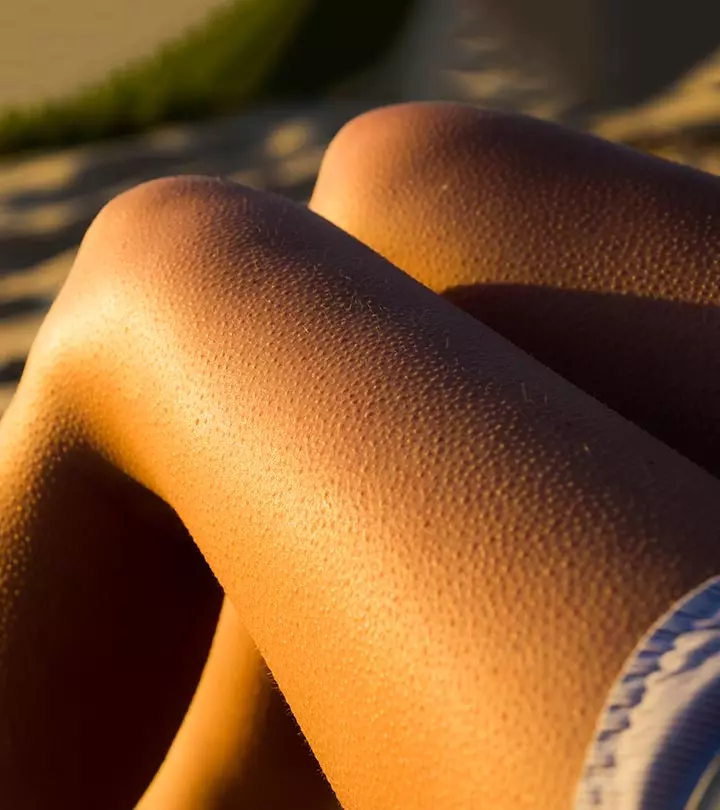

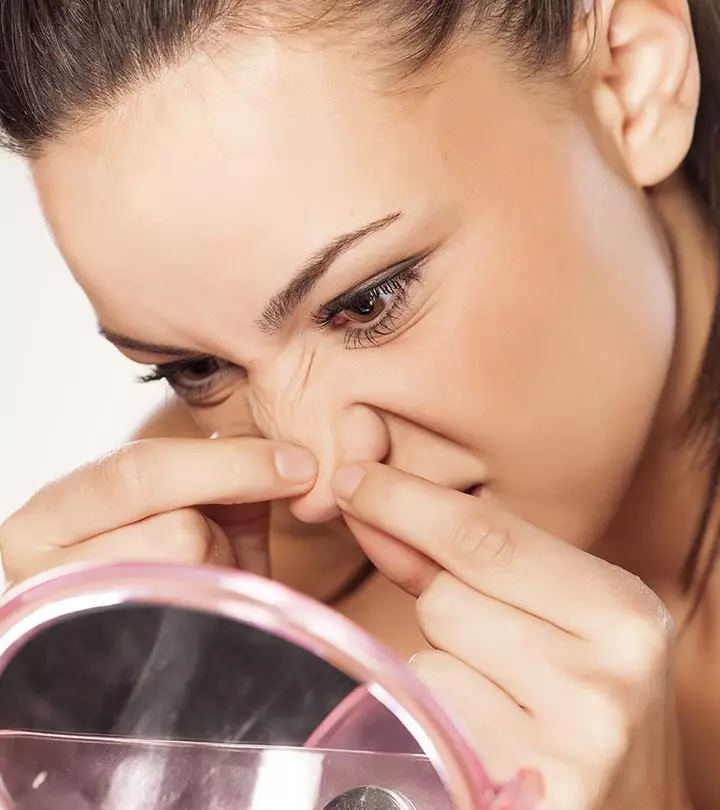

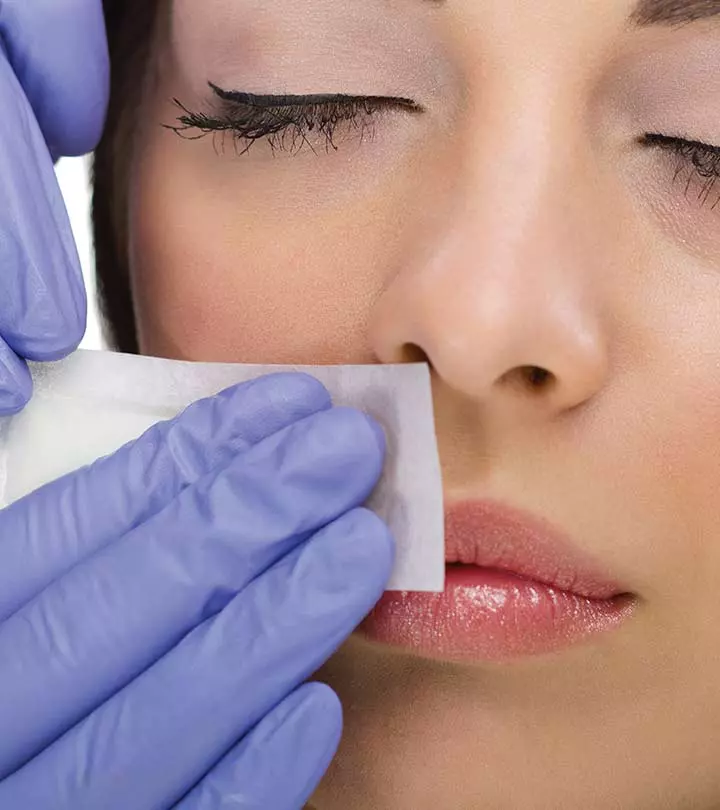

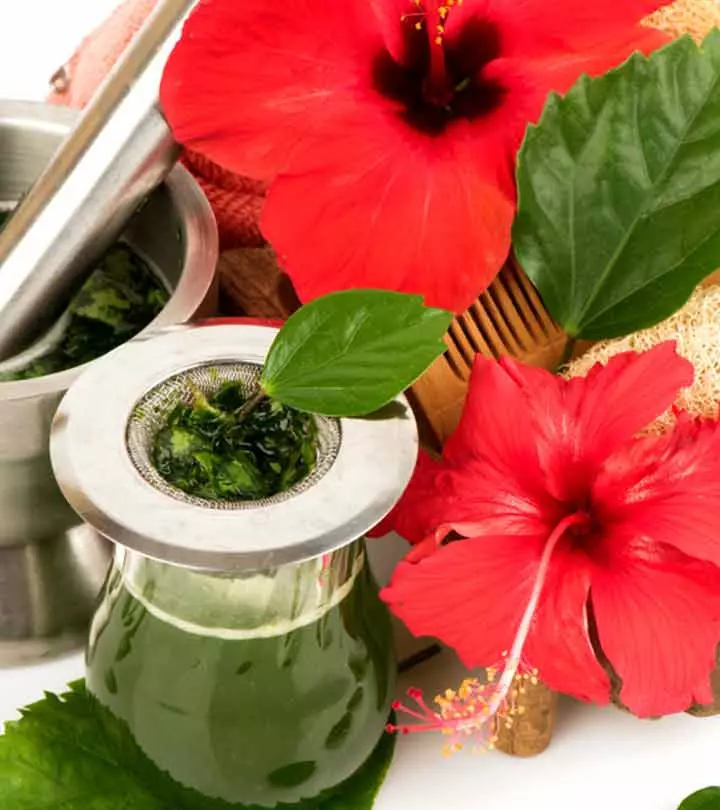

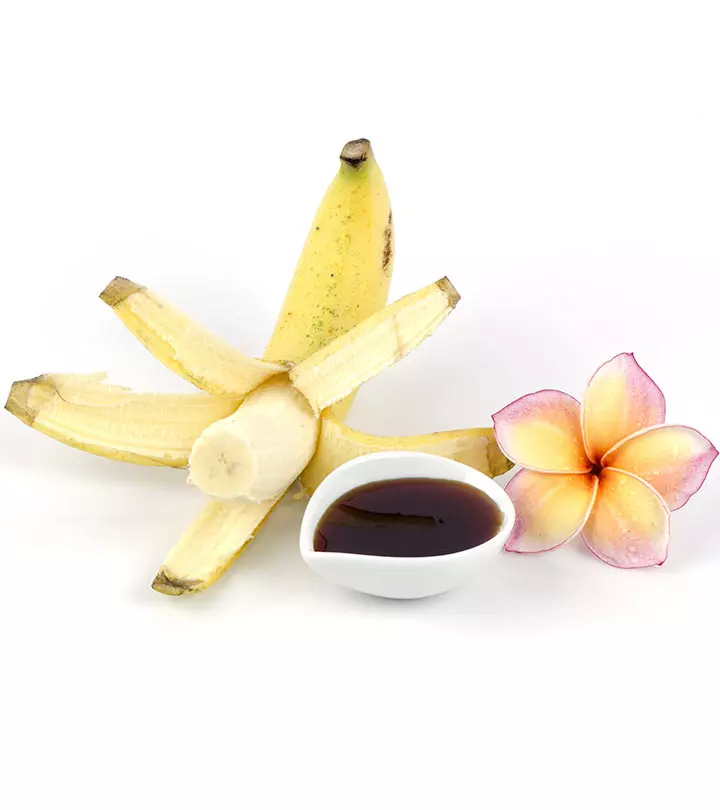



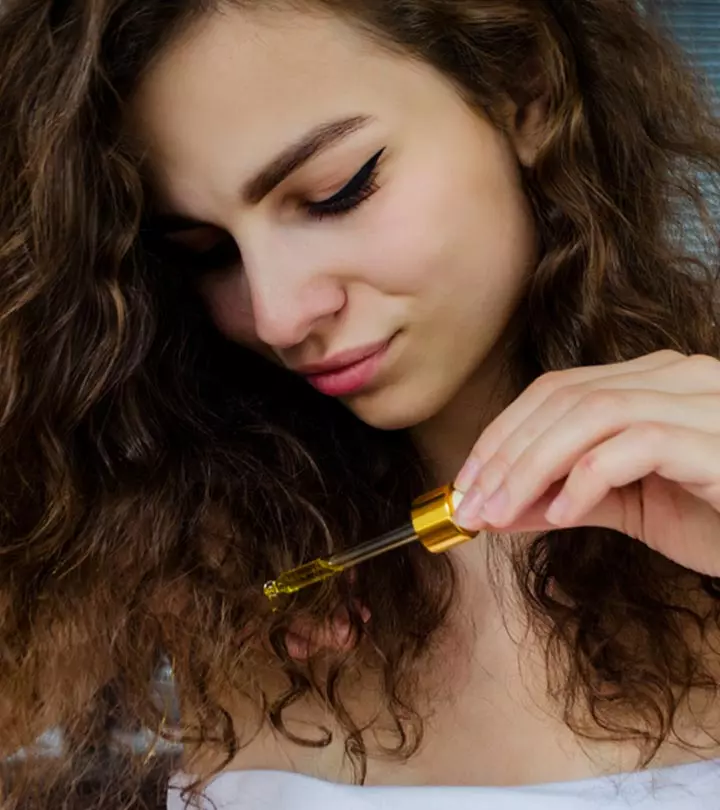
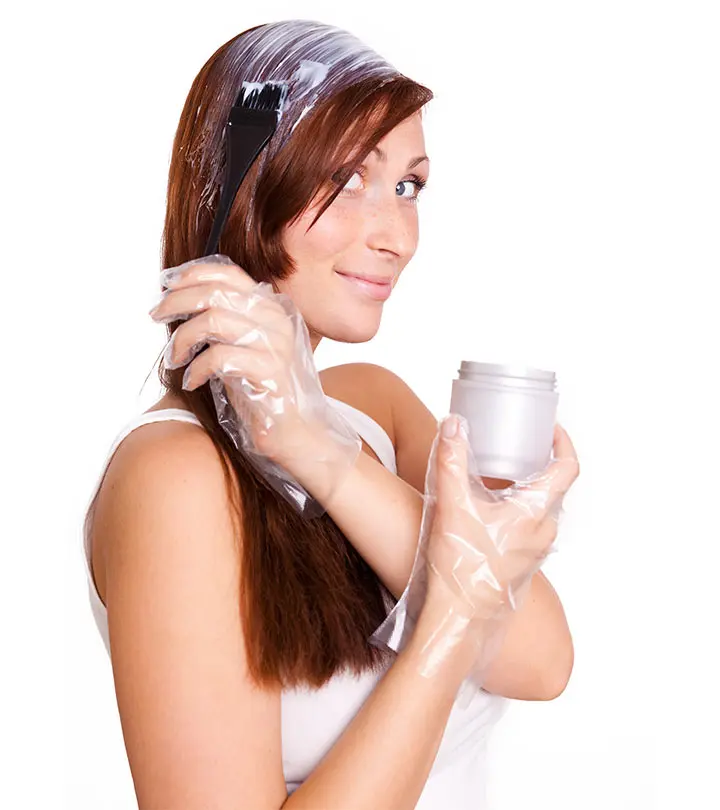
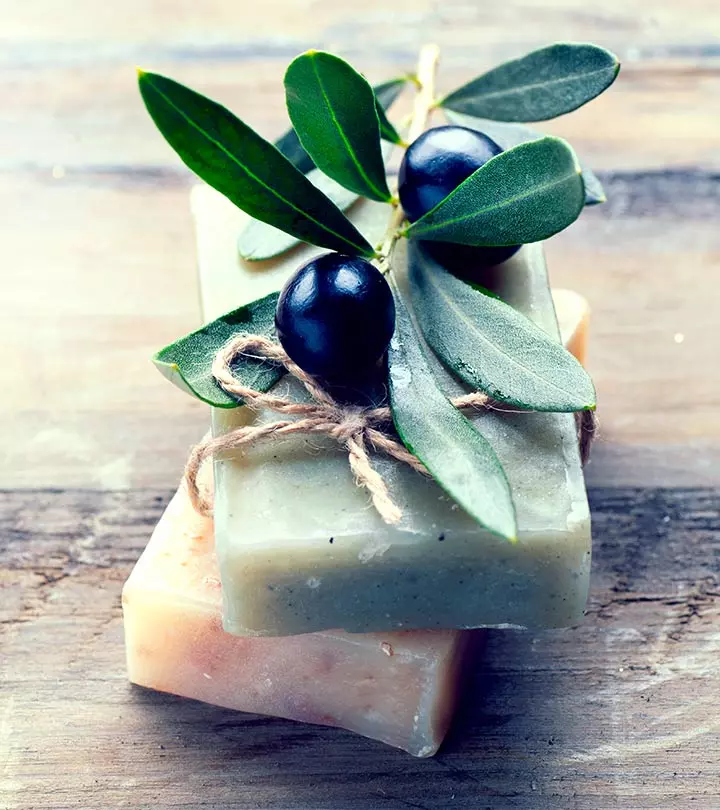

Community Experiences
Join the conversation and become a part of our empowering community! Share your stories, experiences, and insights to connect with other beauty, lifestyle, and health enthusiasts.